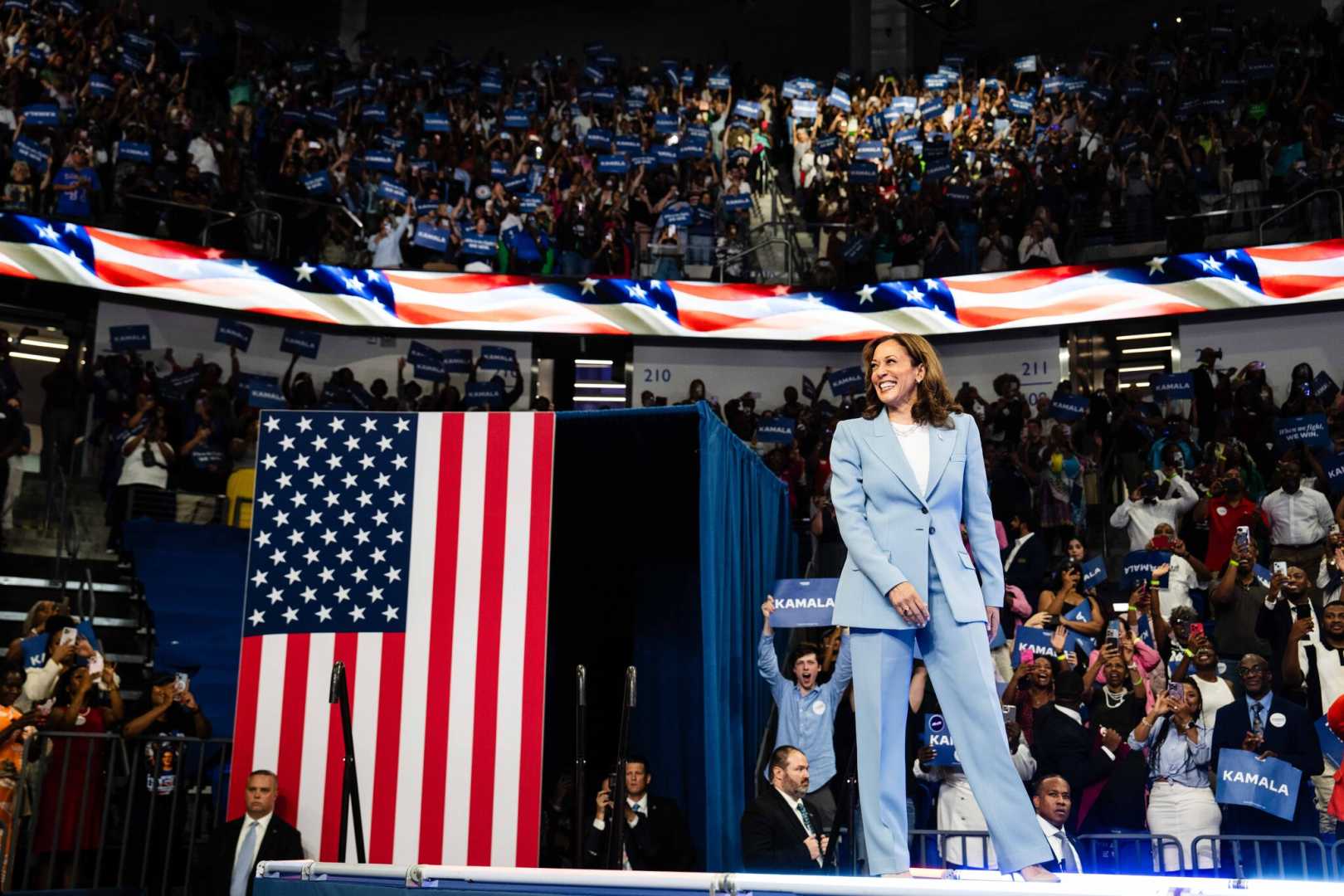Politics
US Presidential Race Sees Tight Contest as Harris Gains Ground in Suburbs and Middle-Income Households

WASHINGTON, Oct 10 (Reuters) – Vice President Kamala Harris, the Democratic presidential candidate, has managed to close the gap against her Republican rival, former President Donald Trump, particularly among key demographics such as suburban residents and middle-income households, according to recent polls analyzed by Reuters.
Since President Joe Biden decided to end his reelection campaign on July 21, the Democratic prospects have been revitalized under Harris. Polls indicate she has gained support in critical areas, although the overall race remains highly competitive. Suburban voters, who make up approximately half of the U.S. electorate, are particularly diverse and had favored Biden over Trump by six percentage points in the 2020 elections.
Before Biden’s withdrawal, Trump had a 43% to 40% lead over Biden among suburban voters, based on Reuters/Ipsos polling conducted in June and July. However, support for Harris surged once she announced her candidacy, leading Trump by 47% to 41% in suburban areas as per polling data from September and October.
Among middle-income households earning between $50,000 and $100,000, Trump initially led Biden 44% to 37%. However, current polls show a swing towards Harris, who now leads Trump 45% to 43% in these demographics, both reflecting a nine-point swing away from Republican support.
The Reuters/Ipsos surveys have consistently highlighted the economy as a primary concern for voters with Trump often perceived as better equipped to handle economic issues. An October poll showed Trump preferred by 46% of voters on economic matters compared to Harris’s 38%. Harris, however, is winning support on issues of democracy and opposition to political extremism, which are critical to many voters.
Prominent political analyst David Wasserman commented on Harris’s strategy, saying her focus on economic affordability has effectively narrowed the gap on economic issues. Harris is reportedly resonating well with affluent suburban voters and middle-income earners owing to her campaign promises.
The race’s outcome may hinge on voter turnout in specific regions, with suburban districts, often fluctuating in elections, remaining pivotal alongside urban and rural voter behaviors.
An October poll displayed a modest 3 percentage point lead for Harris over Trump on a national scale, yet the overall election will likely be determined by outcomes in swing states like Arizona, Michigan, Pennsylvania, and Georgia where the competition remains tight.
Individual voters such as Sheila Lester from Peoria, Arizona, assert pride in Harris’s performance, indicating shifting sentiments that may influence the election outcome. Another voter, Karen Davidson from Michigan, expressed newfound respect for Harris’s candidacy upon learning more about her leadership qualities.
With only weeks remaining before the election, both campaigns are actively seeking to sway undecided voters and consolidate their bases through rallies and strategic public appearances. Trump’s upcoming mega-rally in New York symbolizes his continued appeal efforts, while Harris’s team reportedly intensifies its efforts in critical swing states.












